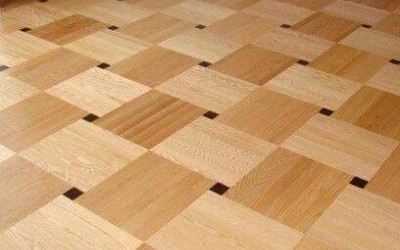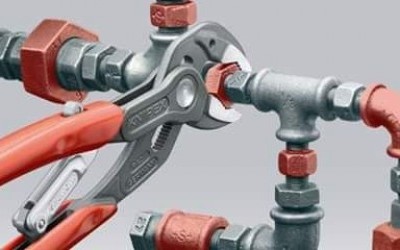Floor installation works
Floor installation is the process of laying various types of flooring materials inside residential and commercial spaces. This service involves preparing the surface, measuring, cutting materials to fit, and securing them in place. Here are some key aspects of floor installation:
-
Types of Flooring: Floor installation can encompass a wide range of materials, including hardwood planks, laminate, linoleum, ceramic tiles, carpeting, and more. The choice of material depends on functional requirements and the client&single_quot;s design preferences.
-
Surface Preparation: The process begins with surface preparation. This may involve leveling, sanding, and installing underlayment to create a smooth and stable surface for installation.
-
Measurement and Cutting: Floor installation includes precise measurement and cutting of materials to fit the specific space. This is essential for ensuring a proper fit and minimizing waste.
-
Laying and Securing: After cutting, the materials are laid onto the prepared surface using specialized methods and adhesives. This can involve a locking system for laminate or securing to a subfloor for carpeting, for example.
-
Finishing and Seam Treatment: Following floor installation, seams are treated and finishing touches are applied to give the floor a completed and aesthetically pleasing appearance.
Floor installation is performed to enhance the interior aesthetics, improve sound and thermal insulation, and provide comfort and functionality to a space. Professionals offering this service have experience working with various types of flooring materials and installation techniques.






